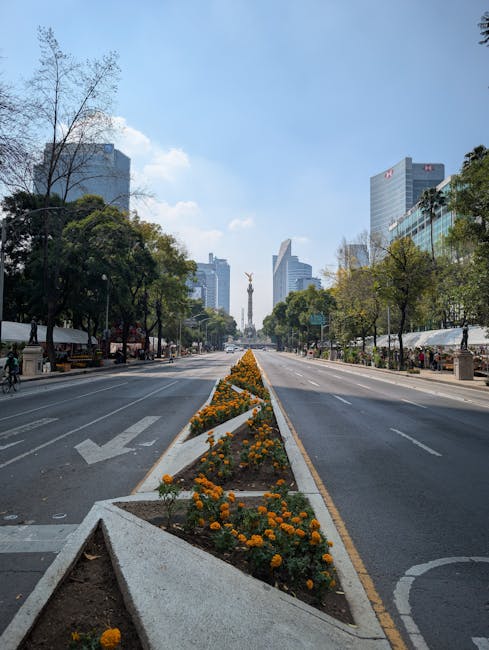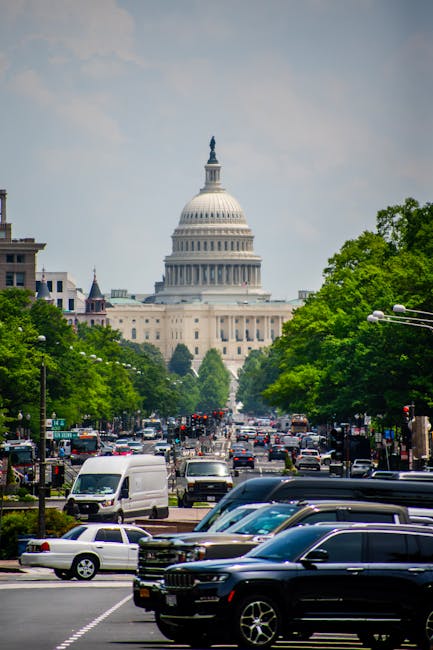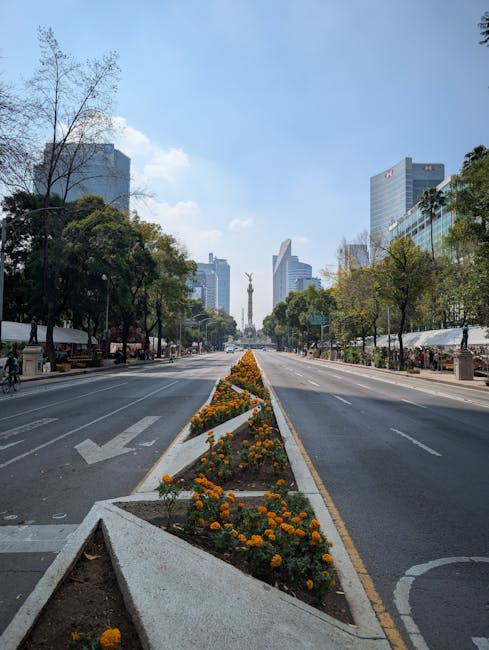Unlocking the Avenue Meaning: A Comprehensive Guide to its Diverse Interpretations
Delving into the Multifaceted Meaning of “Avenue”
The word “avenue” carries a richness and depth of meaning that extends far beyond its literal definition. While commonly understood as a wide road or pathway, particularly one lined with trees, its connotations reach into realms of opportunity, progress, and even social hierarchy. This comprehensive guide explores the various interpretations of “avenue,” delving into its etymology, its usage in different contexts, and the subtle nuances that shape its meaning.
Etymological Roots: A Journey Through Time
Understanding the meaning of “avenue” requires a look back at its origins. Derived from the Old French word “avenuë,” itself stemming from the past participle of the verb “avener,” meaning “to happen” or “to come to pass,” the word initially implied an approach or a coming to. This original sense points to a significant aspect of the word’s current meaning: a path leading towards something, be it a destination, an opportunity, or a goal. The evolution from a simple path to a wide, stately road reflects the historical development of urban planning and the elevation of certain thoroughfares to symbols of prestige and accessibility.
Avenue as a Physical Space: Roads, Pathways, and Urban Design
The most immediate and common understanding of “avenue” is as a wide road, often lined with trees or impressive buildings. Think of the grand avenues found in cities like Paris (the Champs-Élysées), New York (Fifth Avenue), or Buenos Aires (Avenida 9 de Julio). These aren’t merely thoroughfares; they are often symbols of the city’s identity, showcasing its architectural heritage, its social landscape, and its economic prowess. The design of an avenue itself can reveal much about the culture and values of the community it serves.
Beyond the grand examples, the term “avenue” is applied to a range of roads, from residential streets to bustling commercial arteries. The width, landscaping, and surrounding structures contribute to the overall perception and experience of an avenue, shaping its character and influencing its role within the urban fabric. This broad applicability illustrates the versatility of the word in describing physical spaces.
Avenue as a Metaphor: Paths to Opportunity and Success
The metaphorical use of “avenue” is where the word’s deeper meaning comes into play. In this context, “avenue” represents a means of achieving something, a path towards a desired outcome. It suggests a course of action, a strategy, or a series of steps that can lead to success or progress. For example, exploring different avenues of inquiry, pursuing various avenues of employment, or seeking different avenues for investment all speak to the strategic use of this term.
This metaphorical meaning draws upon the historical sense of “avenue” as a pathway leading to a particular destination. The implication is that there are multiple potential routes, each offering different opportunities and challenges. The choice of avenue reflects a conscious decision and a commitment to a particular path toward achieving a goal.

Avenue in Social and Cultural Contexts: Status, Prestige, and Accessibility
The association of avenues with grand, prestigious locations also imparts a sense of social status and accessibility. Living on a particular avenue can be a mark of wealth or high social standing. The very name of an avenue can convey an image of elegance, sophistication, and perhaps even exclusivity. This reflects the historical relationship between grand avenues and the powerful or wealthy elites who have resided along them.
However, the accessibility of an avenue also plays a role in its meaning. A well-maintained, easily navigable avenue contributes to the overall well-being of a community, facilitating movement, commerce, and social interaction. Conversely, a neglected or inaccessible avenue can reflect social inequalities and limitations.
Avenue in Different Languages and Cultures: A Global Perspective
The word “avenue” and its equivalents in other languages often carry similar connotations of wide roads and pathways. However, cultural nuances can subtly alter its meaning and usage. In some languages, there might be distinctions between different types of avenues, reflecting unique aspects of urban planning and social structures. For example, some languages might have separate words for residential avenues, commercial avenues, or ceremonial avenues, illustrating the diverse ways in which these spaces are perceived and utilized across different cultures.
Conclusion: A Word with Layers of Meaning
The meaning of “avenue” is far from simple. It encompasses its literal definition as a wide road, its metaphorical representation of opportunities and paths to success, and its social and cultural connotations related to status, accessibility, and urban design. Understanding the various nuances of this word reveals a deeper appreciation for its role in shaping our understanding of space, progress, and societal structures. Its multi-layered meanings reflect the richness of language and its ability to convey both tangible and intangible concepts.
Exploring Related Terms and Concepts
Boulevard vs. Avenue: Subtle Distinctions
While often used interchangeably, “boulevard” and “avenue” possess subtle distinctions. Boulevards frequently refer to wider roads, often with median strips or landscaped areas, that are built on former fortifications or other significant landmarks. Avenues, while often wide, emphasize a more direct, linear path, sometimes suggesting a more formal or prestigious setting. The differences are nuanced and not universally applied, but understanding the subtle variations enriches the appreciation of both terms.
Street, Road, and Lane: A Spectrum of Pathways
The terms “street,” “road,” and “lane” represent a spectrum of pathways, ranging from narrow residential lanes to expansive highways. “Avenue” occupies a particular place on this spectrum, typically suggesting a wider, more formal, and often more prestigious thoroughfare than a simple street or road. The choice of term depends heavily on the context and the specific characteristics of the pathway being described.

The Significance of Urban Planning in Shaping Avenue Meaning
Urban planning plays a significant role in shaping the meaning and function of avenues. The intentional design of avenues, including their width, landscaping, and surrounding structures, reflects broader societal values and goals. Grand, tree-lined avenues often symbolize civic pride, economic prosperity, and social progress, while poorly planned or neglected avenues may reflect social inequality and urban decay. Understanding the principles of urban design provides a valuable framework for interpreting the meaning of avenues in various contexts.

The Evolution of Avenue Names: Reflections of History and Culture
The names given to avenues often offer valuable insights into the history and culture of a community. Names commemorating historical figures, events, or geographical features reveal important aspects of local identity. Analyzing the etymology and meaning behind avenue names can provide a deeper understanding of the cultural and historical significance of these public spaces.

